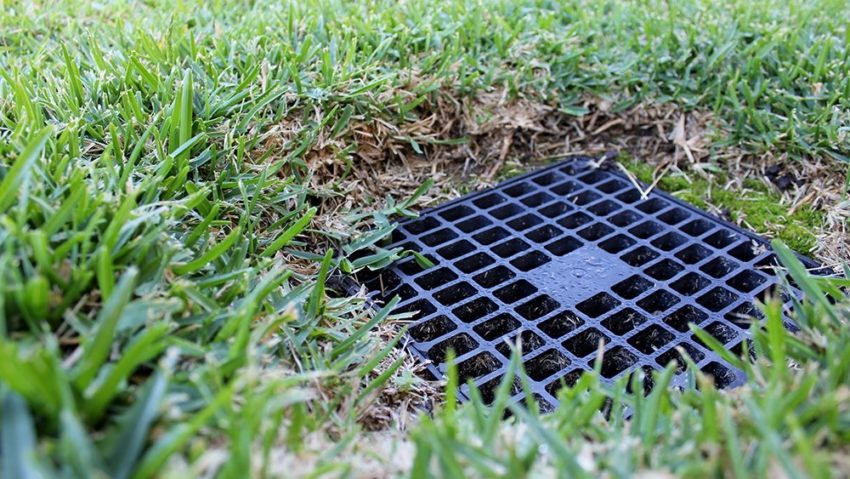A drainage system is vital for any home as it ensures that water is directed away from the foundation and prevents flooding. When it comes to drainage, each homeowner is plagued with the same question of knowing which system to pick. Considering the options available in the market today, it is best to learn about the pros and cons of each type before making a decision. This guide will explore the types of drainage systems available and their advantages and disadvantages.
The most common type of drainage system is a gravity-fed system. This system directs water away from the house through a series of pipes placed at a downward slope. The advantage of this system is that it is relatively simple to install and does not require any pumps or other mechanical components. However, one downside is that if there is a blockage in the pipe, water can back up and cause flooding.
Another option for homeowners is a sump pump system. This system uses a pump to force water away from the foundation and into a drainage pipe. The advantage of this system is that it can handle a lot of water at once and is less likely to experience blockages. However, one downside is that the pump must be regularly maintained and replaced, as it will eventually wear out.
The third option for homeowners is a French drain system. This type of system uses a perforated pipe to allow water to seep away from the foundation and into a gravel-filled trench. The advantage of this system is that it does not require any pumps or other mechanical components. However, one downside is that the trench can become blocked with debris over time.
Finally, the fourth option for homeowners is an exterior perimeter drain system. This type of system is installed around the perimeter of the foundation and uses a series of pipes to direct water away from the house. The advantage of this system is that it can handle a large amount of water at once. However, one downside is that the system can be difficult to install and maintain.
Before settling on a drainage system for your home, it’s important to understand what makes a drainage system good. A good drainage system can handle a lot of water at once without experiencing blockages. Additionally, a good system will be easy to install and maintain.

If you have selected the type of drainage system that you want, there are a few things to be mindful of during its installation:
– Make sure that the system is installed at the proper slope. If the system is not installed at the proper slope, water can back up and cause flooding.
– Be sure to properly seal all joints in the system. If joints are not properly sealed, water can leak out and cause damage to your foundation.
– Be sure to regularly maintain your system. All drainage systems require regular maintenance to function properly. This includes cleaning out the pipes and ensuring that there are no blockages.
When it comes to maintaining a drainage system, there are a few things to keep in mind:
– Clean out the pipes regularly. This includes removing any leaves or other debris that may have accumulated.
– Inspect the system regularly for leaks. If you notice any leaks, be sure to repair them immediately.
– Be sure to check for blockages regularly. If you notice a blockage, clear it out as soon as possible.
– If you have a sump pump system, be sure to check the pump for wear and tear regularly. The pump will eventually need to be replaced.
To summarize:
- Gravity-fed system
-pros: simple to install, no pumps or other mechanical components needed
-cons: if there is a blockage in the pipe, water can back up and cause flooding
- Sump pump system
-pros: can handle a lot of water at once, less likely to experience blockages
-cons: pump must be regularly maintained and replaced
- French drain system
-pros: does not require any pumps or other mechanical components
-cons: trench can become blocked with debris over time
- Exterior perimeter drains system
-pros: can handle a large amount of water at once
-cons: can be difficult to install and maintain.
Overall, there are a few things to keep in mind when choosing a drainage system for your home. First, you need to decide what type of system will work best for your needs. Next, you must be mindful of the installation process and properly seal all joints and regularly maintain the system. Finally, if you have a sump pump system, check the pump periodically for wear and tear. Your drainage system will provide years of trouble-free use with proper care and maintenance.

